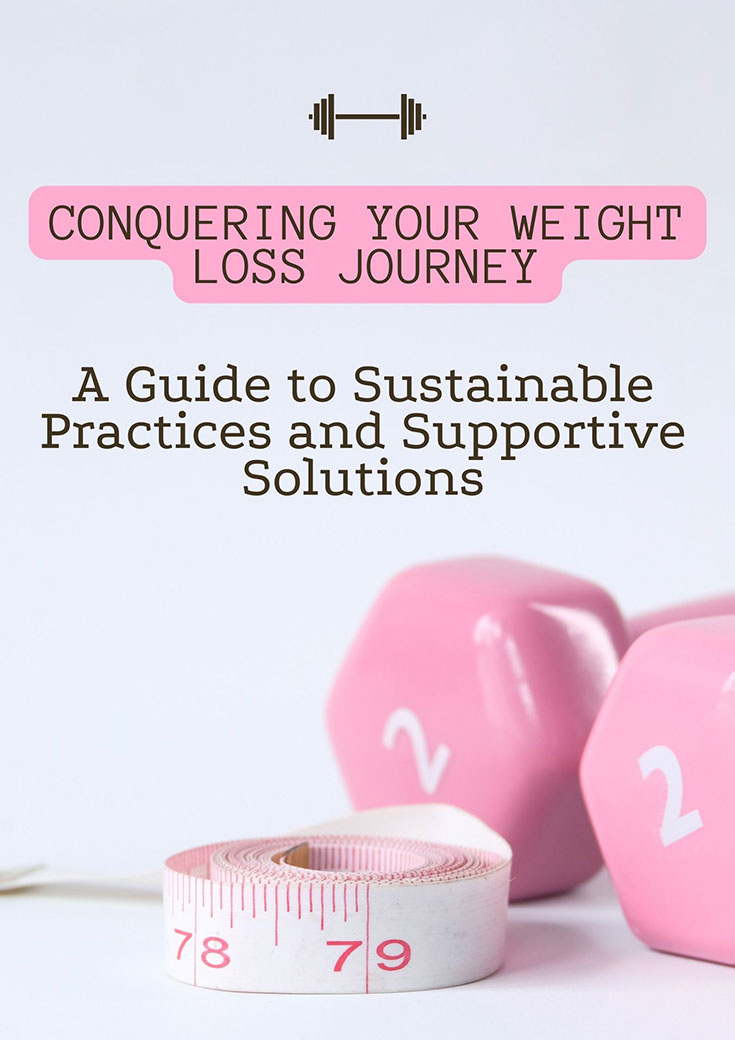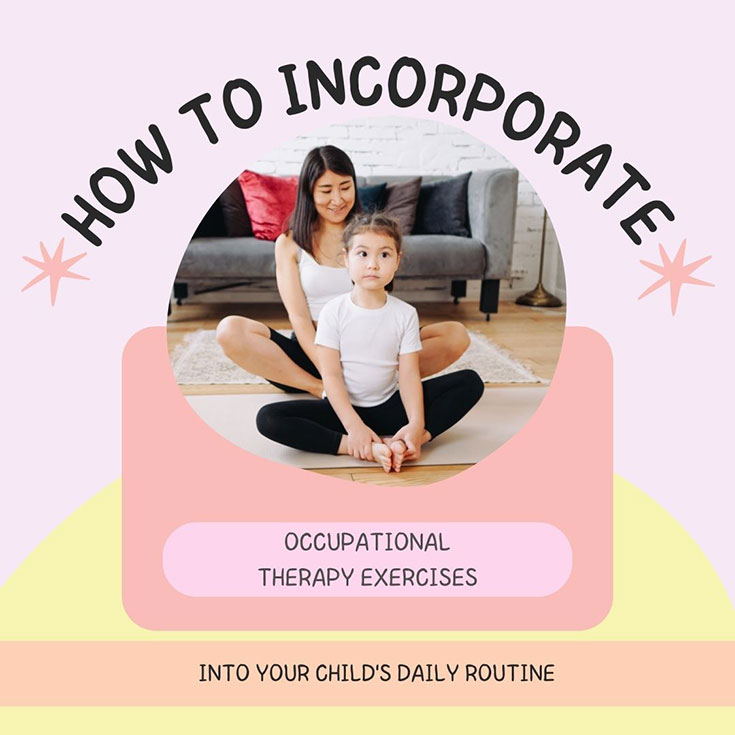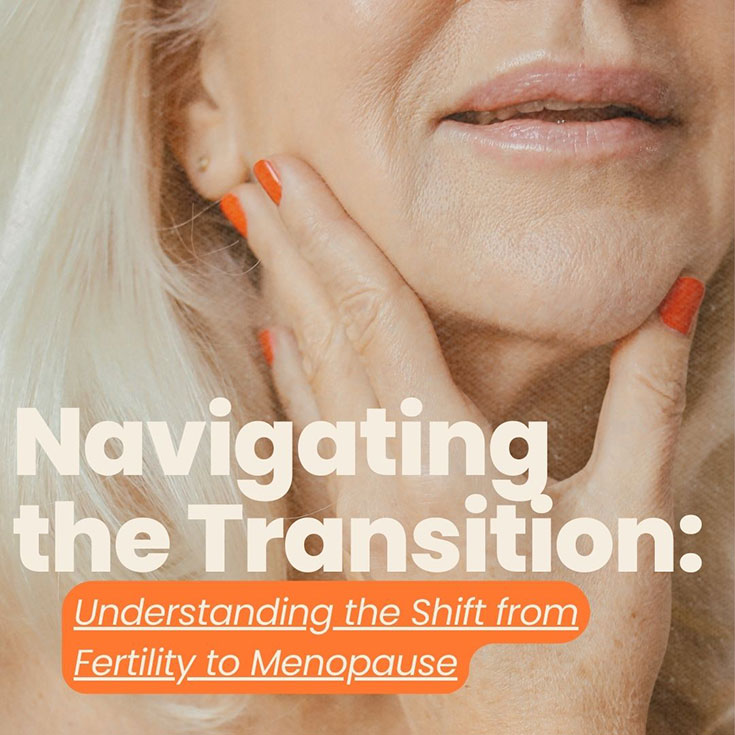Losing weight can be an incredibly challenging endeavor for many people. Despite motivated intentions, multiple factors like a lack of structure, accountability, or professional guidance can impede progress. This ultimately hinders achieving and maintaining goal weights over the long term. However, seeking outside support through customized programs at a weight loss clinic provides the missing pieces, helping pave the way for sustainable transformations.
Why Consider a Weight Loss Clinic?
Extrinsic assistance lends five impactful advantages:
Need for Structure and Support
Creating an effective nutrition and exercise plan from scratch proves daunting for most people looking to lose weight. Myriad diets, opposing fitness advice, and fad programs muddy the waters for finding empirically backed best practices. A structured program from a clinic clarifies the path forward. Customized meal plans, scheduled workouts, defined protocols, and ongoing oversight provide the missing organization and direction. [Read more…]








